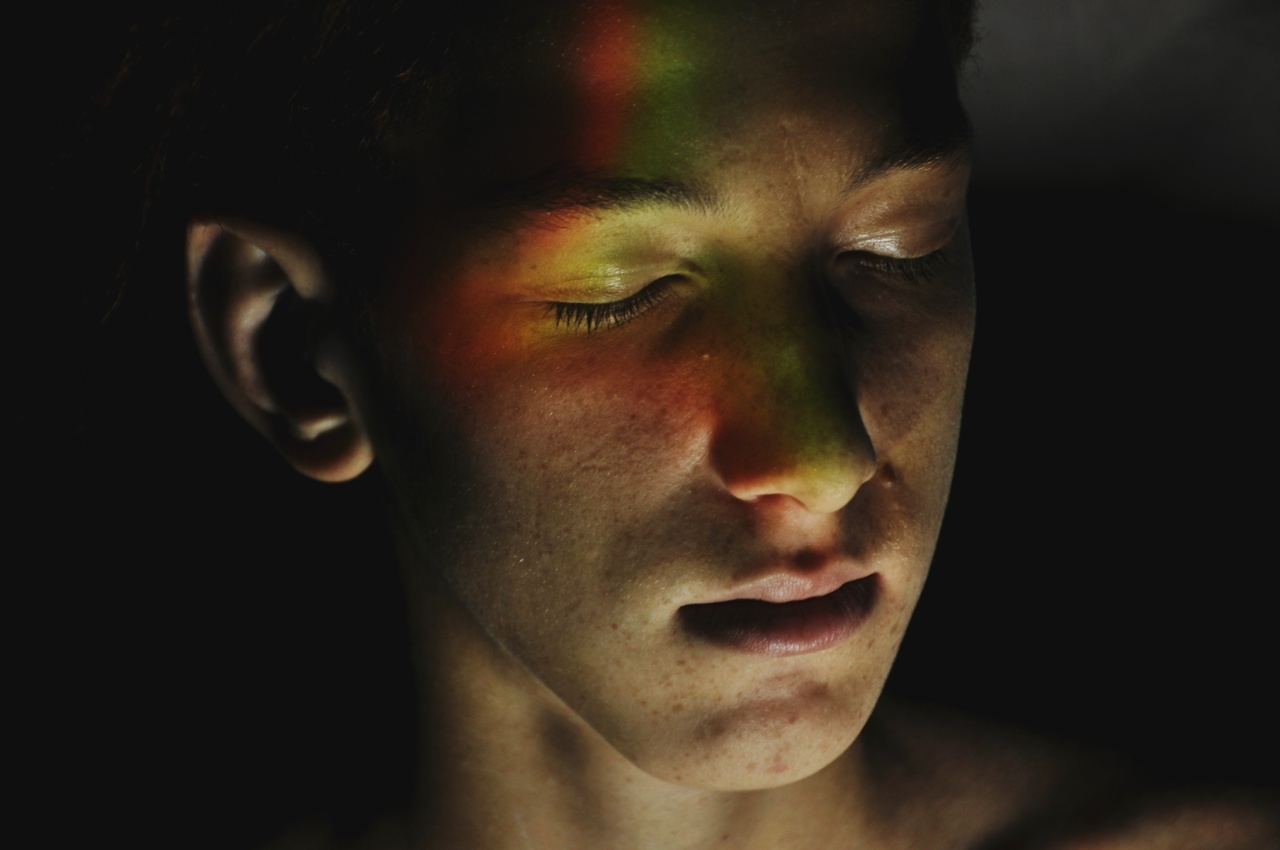Burns are one of the most common types of injuries that can affect the skin. These injuries can have different causes including heat, friction, radiation, and chemicals.
The impact of burns on the skin can vary depending on the severity of the injury, the area affected, and the presence of other related complications. The following are some of the effects of burns on the skin:.
Pain and discomfort
Burns can cause immediate pain and discomfort in the affected area. The level of pain can range from mild to severe, depending on the extent of the burn. Burns can also cause swelling, redness, and tenderness, which can exacerbate the pain.
Burns can also make the skin more sensitive to touch, movement, and pressure.
Scarring
Burns can cause scarring, which can be one of the most visible effects of the injury. Scarring can occur when the burn damages the deeper layers of the skin, leading to the formation of scar tissue.
Scars can be permanent and can have different characteristics including texture, color, and size. Scarring can also cause functional impairments and psychological distress.
Infection
Burns can increase the risk of infection, as the outer layer of the skin that usually provides a barrier against bacteria and other pathogens has been compromised.
Furthermore, burns can create an environment that is conducive to bacterial growth, such as when the skin is moist or exposed to air. Infections can be characterized by symptoms such as fever, redness, pus, and foul odor. Untreated infections can lead to serious complications, particularly in individuals with weakened immune systems.
Hypothermia
Burns can also affect the body’s ability to regulate temperature, which can lead to hypothermia. Hypothermia occurs when the body loses more heat than it generates, leading to a decrease in body temperature.
Burns can cause the affected area to lose heat rapidly, particularly if the burn is large or covers a significant portion of the body. Hypothermia can have different symptoms such as shivering, confusion, lethargy, and loss of consciousness. Hypothermia can be life-threatening if not treated promptly.
Contractures and mobility limitations
Burns can cause contractures, which are a tightening of the skin and underlying tissues. Contractures can occur when scar tissue forms and shrinks over time, leading to a loss of flexibility and mobility.
Contractures can affect the ability to move joints and limbs, leading to functional impairments. Contractures can also cause pain, discomfort, and skin breakdown. Rehabilitation and physical therapy can help mitigate the effects of contractures and improve function.
Psychological distress
Burns can also have significant psychological effects, particularly in individuals who have experienced severe or disfiguring burns. Burn victims can experience depression, anxiety, anger, and other emotions in the aftermath of the injury.
Burn victims may also have difficulties coping with changes in appearance, lifestyle, and interpersonal relationships. Psychological therapy and support groups can provide valuable resources for individuals dealing with the psychological effects of burns.
Disfigurement and loss of function
Serious burns can cause significant disfigurement and loss of function. These effects can be particularly pronounced in burns that affect the face, hands, or other areas of the body that are highly visible or essential for daily functioning.
Disfigurement can affect self-esteem, body image, and social interactions. Loss of function can affect the ability to perform daily tasks, work, and engage in recreational activities. Reconstructive surgery, medical devices, and assistive technologies can help mitigate the effects of disfigurement and loss of function.
Delayed wound healing
Burns can delay wound healing, particularly in individuals with underlying health conditions such as diabetes or compromised immune systems. Delayed wound healing can prolong pain, discomfort, and the risk of infection.
Wound care, antibiotics, and other medical interventions may be necessary to promote healing.
Damage to internal organs
Burns can also cause damage to internal organs, particularly in cases of burn inhalation. Burn inhalation occurs when a person breathes in hot, toxic, or irritating substances that can damage the airways and lungs.
Burn inhalation can cause coughing, wheezing, shortness of breath, chest pain, and other respiratory symptoms. Burn inhalation can also lead to complications such as pneumonia, respiratory failure, and sepsis.
Conclusion
Burns can have significant and complex effects on the skin and the body. The impact of burns can range from mild discomfort to serious disfigurement, loss of function, and life-threatening complications.
Understanding the effects of burns can help individuals and healthcare providers anticipate and address the challenges associated with burn injuries.






























